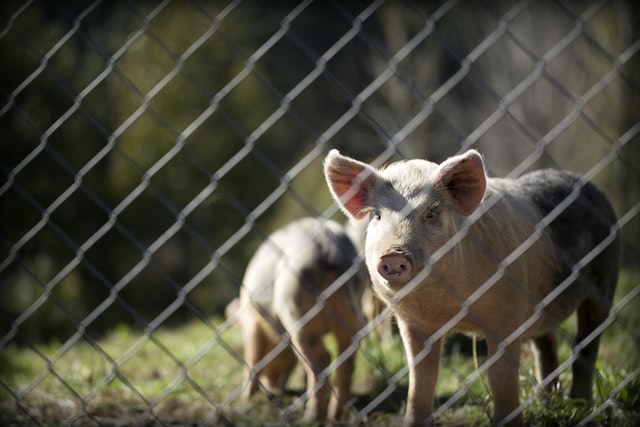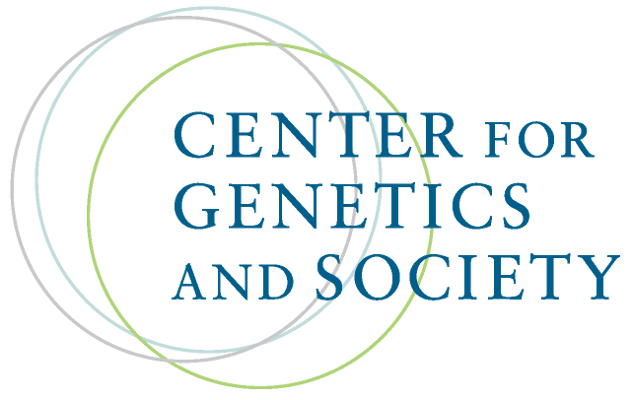No, scientists are not any closer to pig-to-human transplants than they were last week
By Jason Mast,
Endpoints News
| 10. 22. 2021
Steve Holtzman was awoken by a 1 a.m. call from a doctor at Duke University asking if he could put some pigs on a plane and fly them from Ohio to North Carolina that day. A motorcyclist had gotten into a horrific crash, the doctor explained. He believed the pigs’ livers, sutured onto the patient’s skin like an external filter, might be able to tide the young man over until a donor liver became available.
Holtzman was the president of DNX, one of the first companies to try to use biotechnology to make pig-to-human transplants possible. He had amassed a pathogen-free porcine facility for their work and so obliged, putting some unlucky hogs on an Ohio State University plane to Duke, where one of ultimately four patients treated with the procedure survived to receive a new human liver. The results were published in the New England Journal of Medicine in 1994.
Which is why Holtzman was shocked and a little bit confused when he read reports this week that doctors at NYU had conducted a “groundbreaking” procedure by, with the...
Related Articles
By Jonathan Matthews, GMWatch | 12.11.2025
In our first article in this series, we investigated the dark PR tactics that have accompanied Colossal Bioscience’s de-extinction disinformation campaign, in which transgenic cloned grey wolves have been showcased to the world as resurrected dire wolves – a...
By Jessica Hamzelou, MIT Technology Review | 11.07.2025
This week, we heard that Tom Brady had his dog cloned. The former quarterback revealed that his Junie is actually a clone of Lua, a pit bull mix that died in 2023.
Brady’s announcement follows those of celebrities like Paris...
By Lauran Neergaard, AP News | 11.03.2025
WASHINGTON (AP) — The first clinical trial is getting underway to see if transplanting pig kidneys into people might really save lives.
United Therapeutics, a producer of gene-edited pig kidneys, announced Monday that the study’s initial transplant was performed successfully...
By Meagan Parrish, PharmaVoice | 10.10.2025
When CEO Ben Lamm steps into the spotlight, it’s usually to talk about his efforts bringing extinct animals back to life. Once a far-flung idea, Lamm and the company he heads, Colossal Biosciences, have proven they can pull it off...




